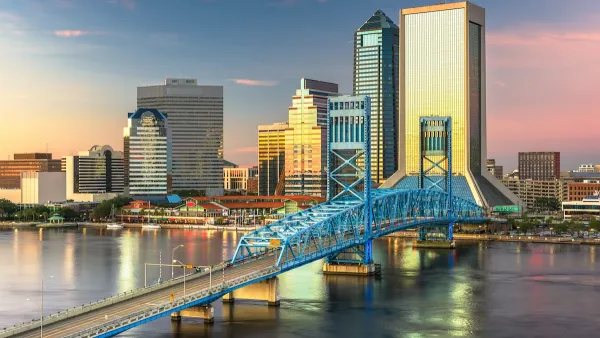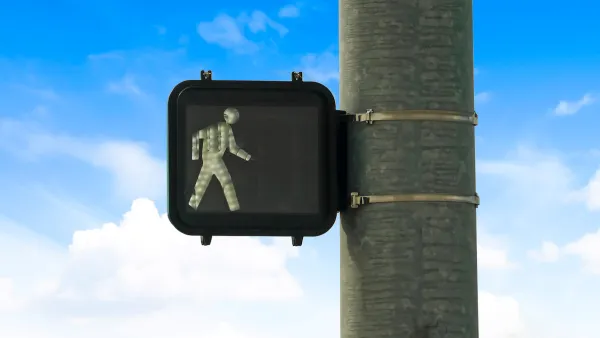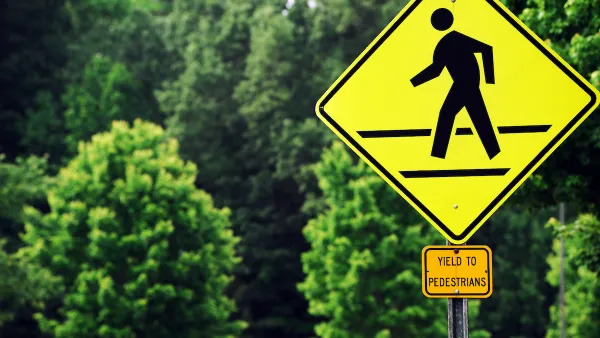Despite an abundance of Vision Zero pledges, U.S. roads remain some of the most dangerous in the developed world.

Writing in the New York Times, Emily Badger and Alicia Parlapiano examine why road deaths in the United States continue to diverge from other developed countries, where traffic fatalities are on the decline.
“In 2020, as car travel plummeted around the world, traffic fatalities broadly fell as well. But in the U.S., the opposite happened,” the authors write. “Much of the familiar explanation for America’s road safety record lies with a transportation system primarily designed to move cars quickly, not to move people safely.” But there are other factors. The article outlines other reasons that converge to make U.S. roads so deadly.
In the 1990s, safety innovations made cars safer around the world. But as the article points out, “as cars grew safer for the people inside them, the U.S. didn’t progress as other countries did to prioritizing the safety of people outside them.” While other countries prioritized pedestrian and cyclist safety, the United States ignored non-drivers in safety tests and infrastructure projects.
More recently, “The pandemic made more apparent how much American infrastructure contributes to dangerous conditions, in ways that can’t be easily explained by other factors.”
Polly Trottenberg, former New York City’s transportation commissioner, says a stronger sense of urgency is needed to make the necessary changes. “We need to change the culture that accepts this level of death and injury.”
FULL STORY: The Exceptionally American Problem of Rising Roadway Deaths

Analysis: Cybertruck Fatality Rate Far Exceeds That of Ford Pinto
The Tesla Cybertruck was recalled seven times last year.

National Parks Layoffs Will Cause Communities to Lose Billions
Thousands of essential park workers were laid off this week, just before the busy spring break season.

Retro-silient?: America’s First “Eco-burb,” The Woodlands Turns 50
A master-planned community north of Houston offers lessons on green infrastructure and resilient design, but falls short of its founder’s lofty affordability and walkability goals.

Test News Post 1
This is a summary

Analysis: Cybertruck Fatality Rate Far Exceeds That of Ford Pinto
The Tesla Cybertruck was recalled seven times last year.

Test News Headline 46
Test for the image on the front page.
Urban Design for Planners 1: Software Tools
This six-course series explores essential urban design concepts using open source software and equips planners with the tools they need to participate fully in the urban design process.
Planning for Universal Design
Learn the tools for implementing Universal Design in planning regulations.
EMC Planning Group, Inc.
Planetizen
Planetizen
Mpact (formerly Rail~Volution)
Great Falls Development Authority, Inc.
HUDs Office of Policy Development and Research
NYU Wagner Graduate School of Public Service




























